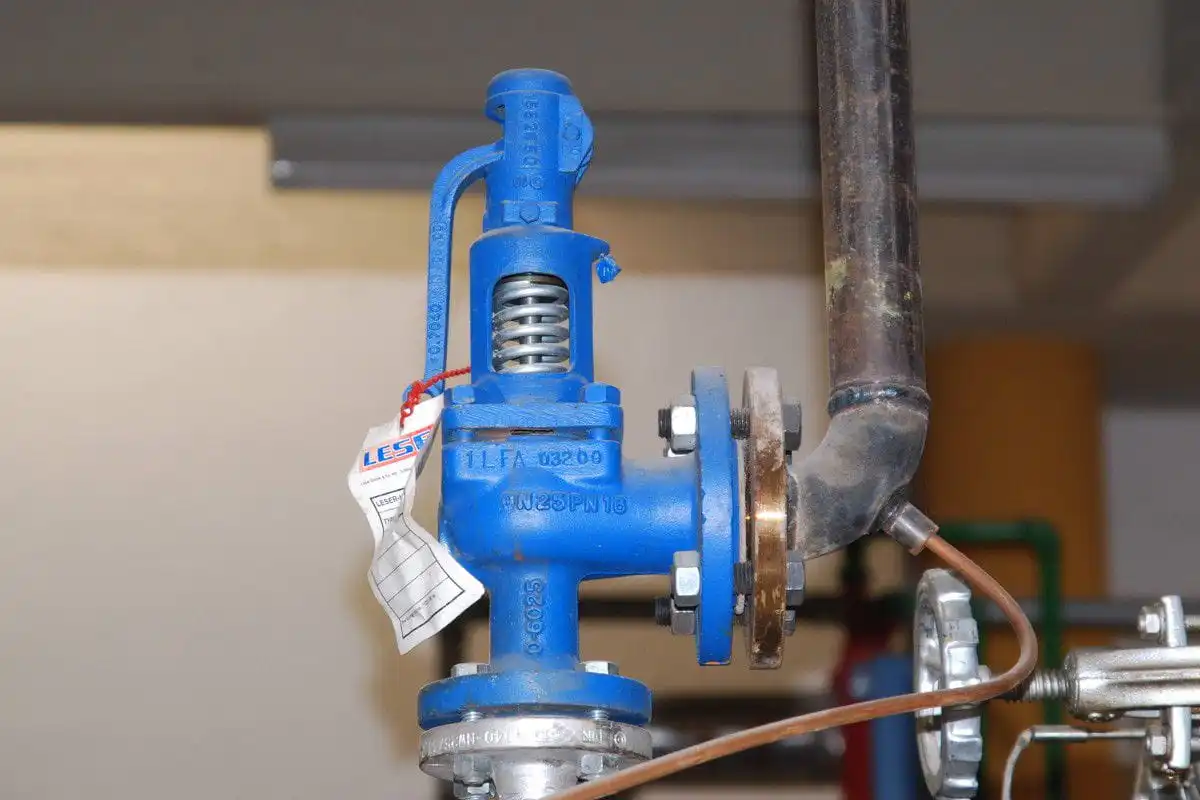Lever-type pressure reducing valve adjusts the flow rate of medium by controlling the opening degree of open-close parts in the valve body, and reduces the pressure of medium. At the same time, the opening degree of open-close parts is adjusted by the valve pressure to keep the pressure behind the valve remain within a certain range. When the inlet pressure is constantly changing, the outlet pressure is kept within a set range, thus protecting the subsequent living and production equipment. This kind of valve should be installed horizontally in the pipeline. Self-operated steam pressure reducing valve is an essential accessory of pneumatic control valve, which is mainly used to reduce the pressure of air source and stabilize it to a fixed value, so that the control valve can obtain stable air source power for regulation and control.
Adjustment steps of lever-type pressure reducing valve:
 Turn the adjusting screw slowly according to the following steps to complete the setting. Improper adjustment operation may cause water hammer or banging noise, which may cause damage to pressure reducing valve or other equipment.
Turn the adjusting screw slowly according to the following steps to complete the setting. Improper adjustment operation may cause water hammer or banging noise, which may cause damage to pressure reducing valve or other equipment.1. Close the shut-off valves before and after the pressure reducing valve, and open the bypass line shut-off valve and keep it for enough time under the condition that the safety valve does not jump, so as to complete the purging and removal of foreign matter or rust layer in the pipeline by using the circulating medium. After purging, close the bypass line shut-off valve.
2. Slowly open the self-operated steam pressure reducing valve installed in front of the pressure reducing valve, and adjust the opening degree of the cut-off valve behind the pressure reducing valve to keep a small flow through the pipeline.
3. Loosen the lock nut, slowly turn the adjustment screw, and observe the pressure gauge behind the valve until the required setting is met. For models with handles, since the handles are in the self-locking position under normal conditions, when adjusting the pressure, press down the handles, release the self-locking, and then slowly turn the adjustment screw, observing the pressure gauge behind the valve. When the lever-type pressure reducing valve reaches the set value, turns the handles clockwise until the pressure behind the valves rises; when the handle is turned counterclockwise, the pressure behind the valve decreases.
4. Slowly open the self-operated steam pressure reducing valve and follow the steps.
5. Further adjust the pressure behind the valve until the required setting is achieved.
6. After the adjustment is completed, tighten the lock nut. For the model with handle, pull out the handle and use the internal device to lock it; If the handle is not locked, the self-locking action can be completed by turning the handle left and right.
